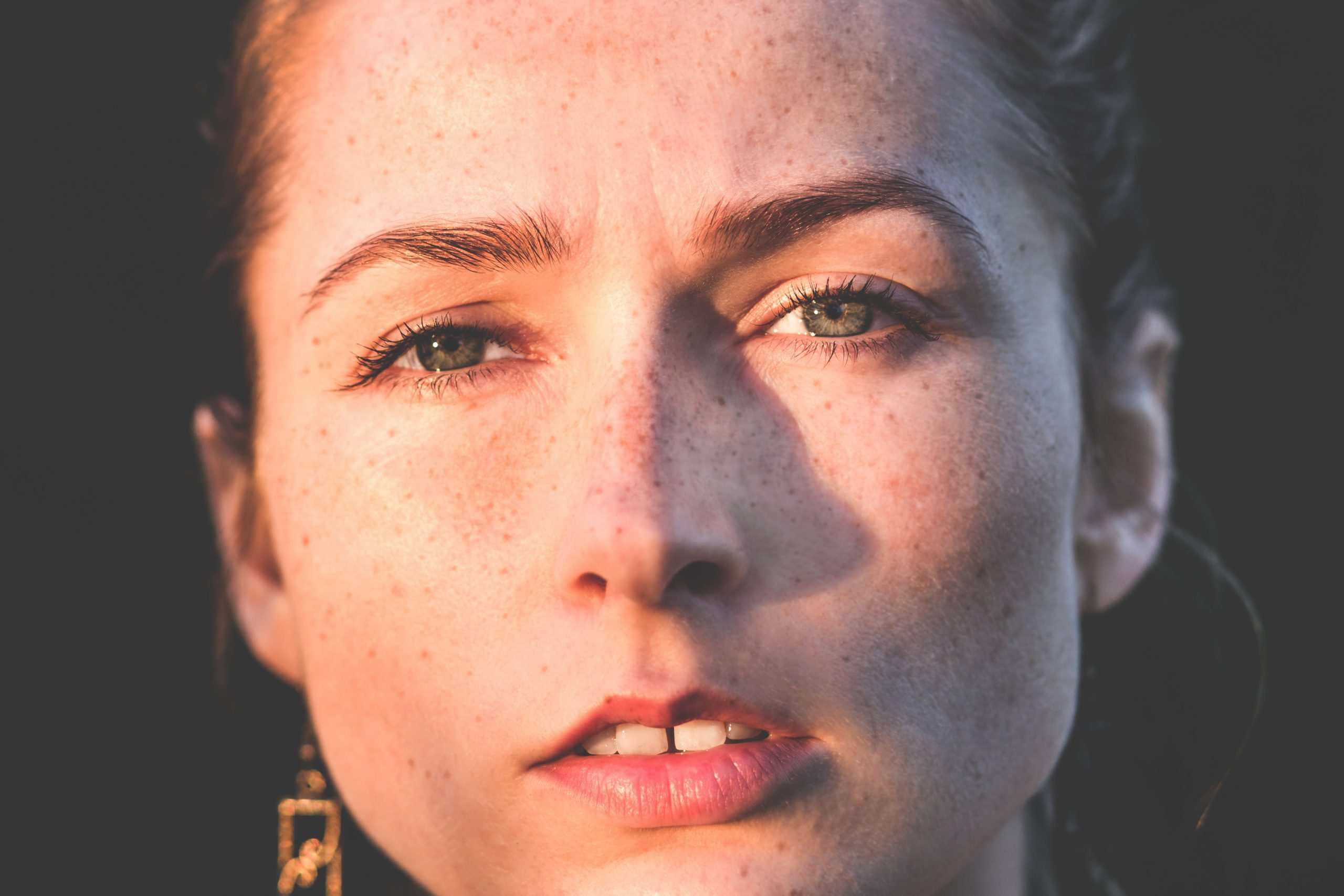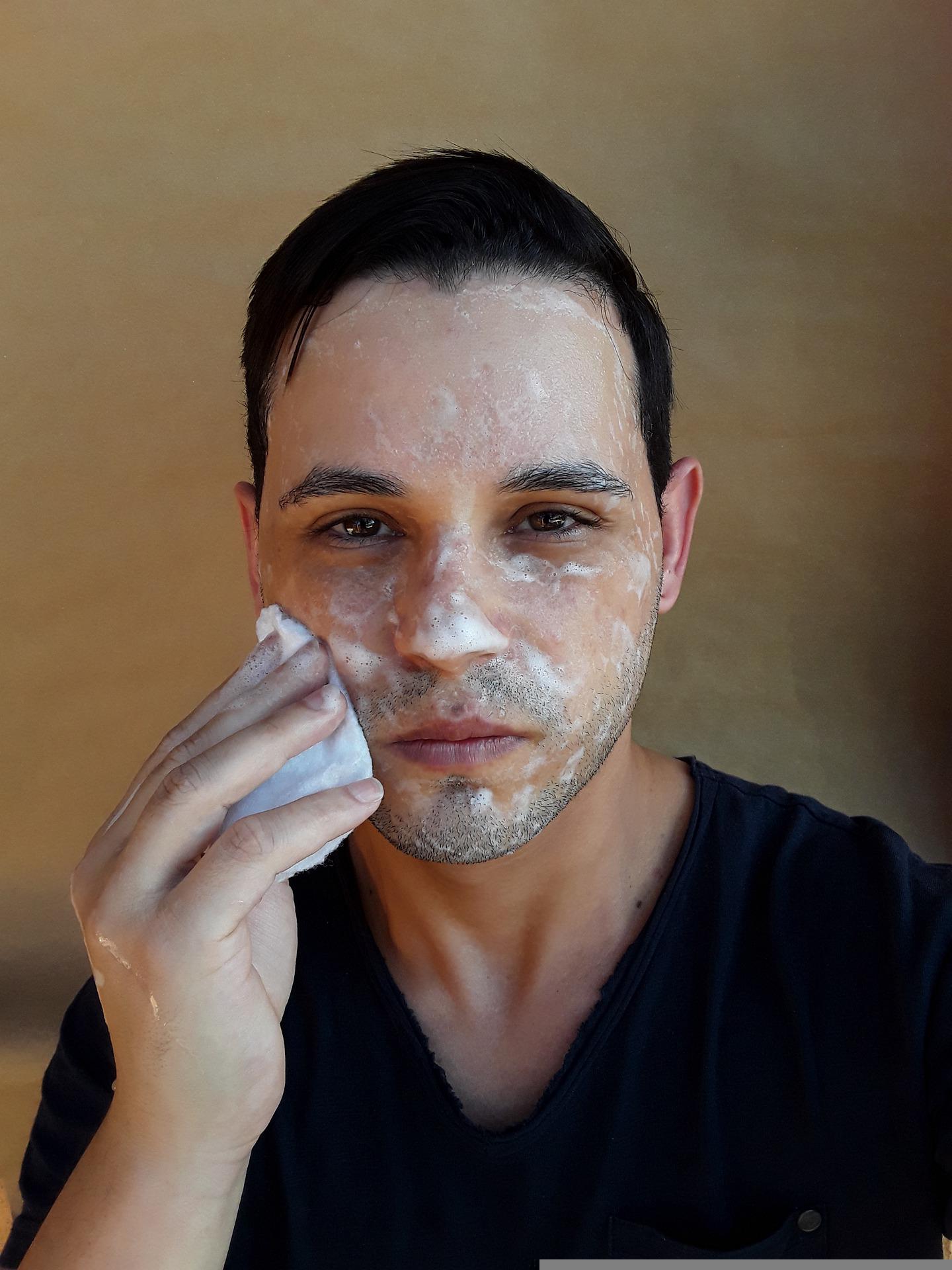
The human body is covered in millions of tiny pores – sometimes referred to as follicles, as pores are tiny openings around the base of hair follicles and sweat glands – and many of these cannot be seen. They are there to help gases and liquids move throughout the surface of your body, and they can be found everywhere on the body. However, they are found in a higher concentration on your face. This is why most people can see pores on their chin and nose but not on their arms or legs.
Ensuring that your skin is clean and healthy is one of the most important things you can do to avoid breakouts, and a lot of this is centred around the health of skin pores. Dirt, dead skin cells and oil can collect at the opening of a pore, and over time they can cause blockages.
When a pore is clogged, a visible blackhead can form. In some cases, the blockage can come into contact with bacteria, and this is where the inflammation and redness come from when you have a spot.
The Truth Behind 6 of The Most Common Pore Myths

Though everyone has pores and many do what they can to minimise their appearance, there are still a lot of myths and misconceptions. For example, some people mistakenly think that they can change the size of their pores, and others believe that splashing cold water onto their face will close their pores.
This information is inaccurate, so this blog will debunk six of the most common myths. Having a good understanding of how pores work is key if you want clean and healthy skin.
1. We Only Have One Set of Pores
Many people think that we only have one set of pores, which is untrue. We have two types of pores; oil pores and sweat pores. These are tiny openings in our skin, but sweat pores are not visible to the naked eye and are not what most people think of when we speak about pores on our skin. Oil pores are the ones that you can see on your nose and chin, and these produce a special kind of oil called sebum. Sebum oil is used to keep the skin healthy, moisturised and soft. Sweat pores are different types of pores, and these are there to allow sweat to exit the body.
2. Blackheads Are Caused By Dirt Trapped in Your Pores
Though it seems to be common knowledge that blackheads are dirt trapped in your skin, it’s actually not true, and it’s one of the most regularly believed myths. A blackhead is a name for a clogged pore, which happens when dead skin cells and oil block the pore’s opening. This is usually because of the increased production of oil. When the oil reaches the skin’s surface, oxygen causes it to turn black – this is a process called oxidation – and this creates a blackhead.
3. Spending time in the Sun Reduces Pore Size
There is a common misconception that spending time in the sun reduces the size of pores, but there is no scientific evidence to suggest this is the case. Regular sun exposure can cause damage to the skin, even more so if you fail to wear adequate SPF protection. Over time, thanks to the damage it does to the skin’s collagen, pores can begin to look larger. This is because sun damage reduces the skin’s elasticity, and the pore opening is unable to constrict as effectively.
4. You Can Make Your Pores Smaller
Many people are unhappy with the size of their pores, as larger pores often mean they are more visible and prevent a completely smooth looking skin.
Pore size is linked to genetics, meaning the size of your pores will likely reflect the size of your parents’ pores; if they have large pores, there is a chance you will also have large pores.
Though you cannot make your pores smaller, there are a number of treatments that can minimise how visible they are. Exfoliation and retinol are both effective, as are microneedling and laser treatments. Microneedling and laser treatments work by stimulating collagen production, which makes each poor’s opening look smaller.
5. Cold Water Helps to Close Pores
Before putting on makeup, many people splash cold water onto their face to close their pores and prevent them from becoming clogged with makeup.
However, it’s unlikely that doing this makes a significant difference. As pores are surrounded by skin and tissue, they are somewhat protected from the lower temperatures of cold water and therefore, pores are unlikely to react.
Some benefits come with splashing cold water onto your face, such as reducing puffiness and redness, but none are related to the appearance of pores.
6. Washing Your Face More Will Prevent Clogged Pores

One of the first things you might think to do when experiencing a breakout, acne or otherwise, is to increase your face washing.
The theory for many people is that washing your face ‘cleans’ dirt and debris away and stops them from becoming trapped in the pores before they later turn into blackheads.
Though washing your face can help to avoid blackheads by removing oil and dead skin, there are other things at play that face-washing cannot change. Genetics, skin type and hormones all impact how prone you are to blackheads. Though keeping your face clean can help, excessive face washing can sometimes do more harm than good.
There are many ways to improve your skin looks and minimise the appearance of your pores, such as laser treatment and micro-needling. For more information on enhancing the appearance of pores and the health of your skin, speak to a specialist.